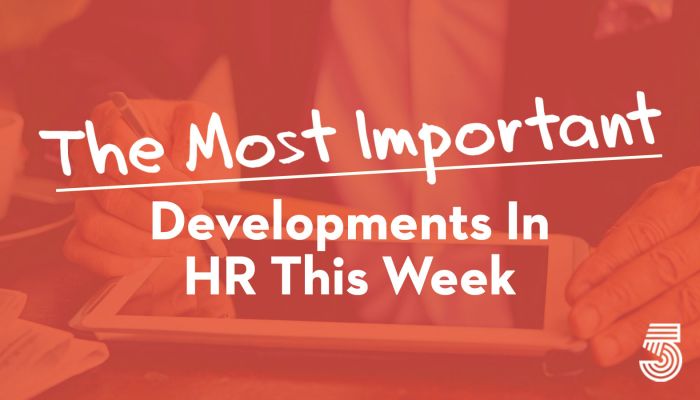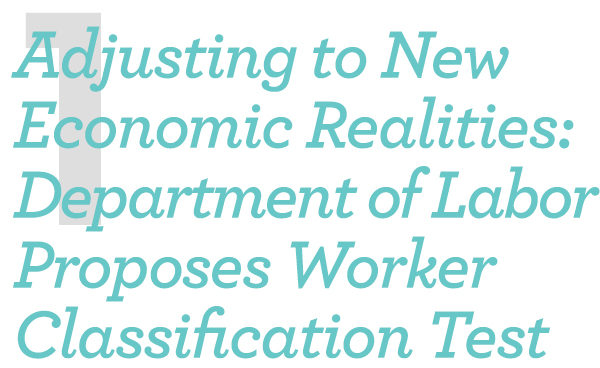
The Department of Labor released a proposed rule on Sept. 22, 2020, containing a new test for determining independent contractor status under the Fair Labor Standards Act. In many cases, the new test would make it easier to classify workers as independent contractors rather than employees, which classification would determine, among other things, whether the worker receives the FLSA’s minimum wage and overtime protections. Courts have used various multifactor tests to determine whether a worker is dependent on another’s business for work (an employee) or in business for themselves (an independent contractor). The DOL’s proposed rule focuses on two “core factors”: (i) the nature and degree of the individual’s control over the work and (ii) the individual’s opportunity for profit or loss. If these factors “both point towards the same classification,” then, under the proposed rule, the individual likely should be classified in that manner. Jones Day

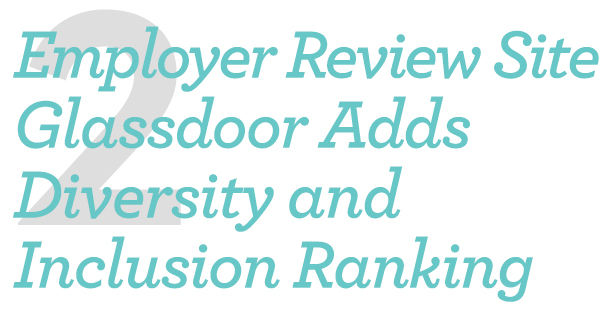
Most companies say they care about diversity. And many executives claim to be redoubling their efforts to make workplaces more inclusive in the wake of the Black Lives Matter protests and the #MeToo movement around the world. But how are companies’ actions matching their rhetoric? Glassdoor, the website that encourages current and former employees to offer candid assessments of their workplaces and share salary information anonymously, is launching a new rating system to hold companies accountable on diversity and inclusion. The new ratings will enable current and past employees to anonymously score employers on how well they are doing on diversity and inclusion using a five-point scale. The diversity and inclusion area is now one of six where people can anonymously rate employers. The others are: compensation and benefits, career opportunities, culture and values, the effectiveness of senior management, and work/life balance. Fortune

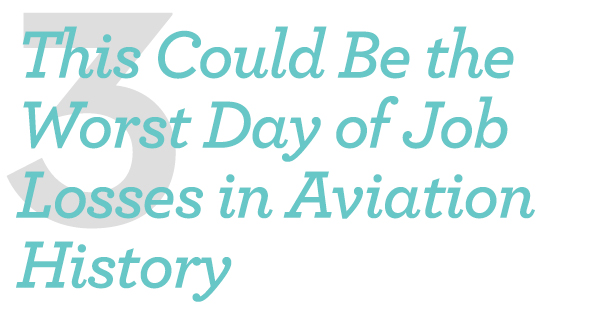
Thursday could be the worst day of layoffs in the history of aviation. After attempts to secure more federal money failed, American Airlines (AAL) and United Airlines (UAL) have said they will cut a total of 32,000 jobs. “Today is a very sad day for all of us here at United,” CEO Scott Kirby said in a letter to workers. Earlier in the day, American Airlines CEO Doug Parker told CNN he hoped that the job cuts might be avoided if the airline saw signs that Congress and Treasury Secretary Steven Mnuchin would be able to reach a deal. They were considering a multi-trillion-dollar stimulus package that would include $25 billion in help for the nation’s airlines. But sources told CNN that an agreement needs more time to win the necessary support. High stakes: Both Parker and Kirby suggested they could reverse course and quickly recall employees if a deal is reached in the coming days. CNN
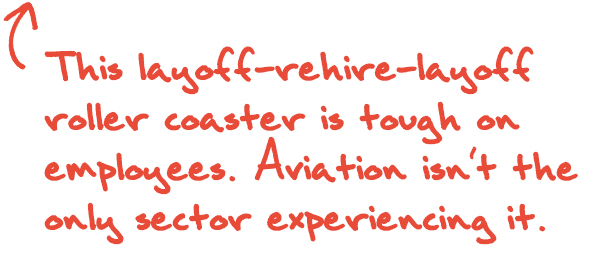
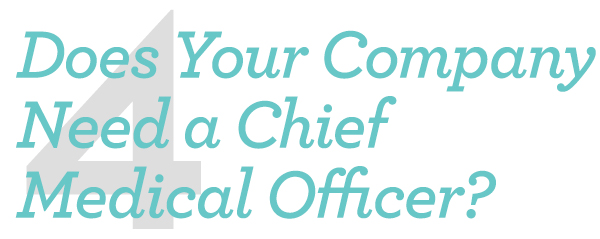
In 2020, the emergence of a deadly and terribly contagious virus has challenged leaders in ways they never expected. National leaders are responding in inconsistent and contradictory ways. Outside of the healthcare and pharmaceutical industries, corporate leaders can feel like they are flying blind. Even the most beloved and respected experts on vision, values, strategy, and culture are unequipped to understand the many unknowns that this pandemic and future ones might present. And yet organizations now have a life or death role to play in protecting the health of employees, customers, and the public. To breathe easier — literally and figuratively — we need a new executive in the C-suite: a chief medical officer. As the fastest-growing large consumer packaged goods company in the United States, Constellation has long embraced an agile approach, listening to trends and responding accordingly, which enabled it to quickly recognize that the COVID-19 crisis would be fluid for some time and that its current leaders did not have the skills to respond to it. They needed an expert with medical and scientific training to fill the gap. HBR
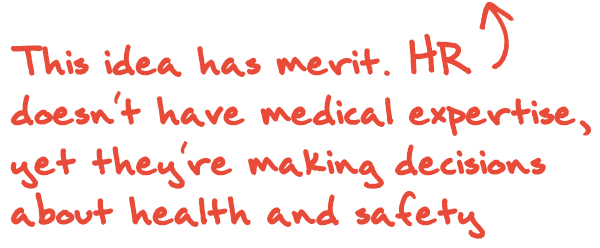
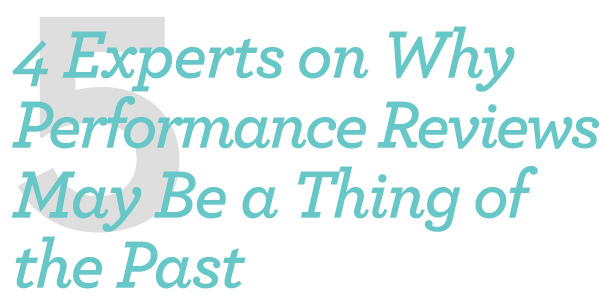
The annual performance review may finally be dead. Executives at Intel, Udemy, Nintex, and Keystone Partners weigh in on how their companies have shifted away from this formality and embraced processes that work now. Here’s one: Julie Ann Overcash, vice president of human resources and director of global rewards and talent retention at Intel. “Before the pandemic, thankfully, we were already realizing that the workforce is changing, and we went from an annual performance evaluation review system with ratings to one that measured your results in a conversation-based program. We wanted our performance management strategy to be about conversations connecting managers and employees throughout the year. We got rid of ratings and focused on where we could appreciate and coach our employees around three core elements, which are results, culture, and learning.” Fast Company







